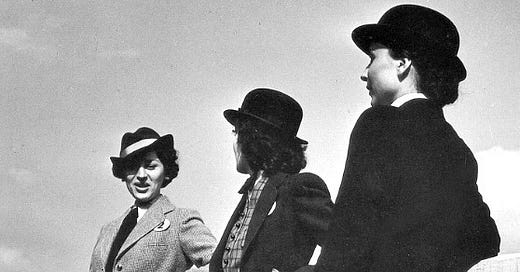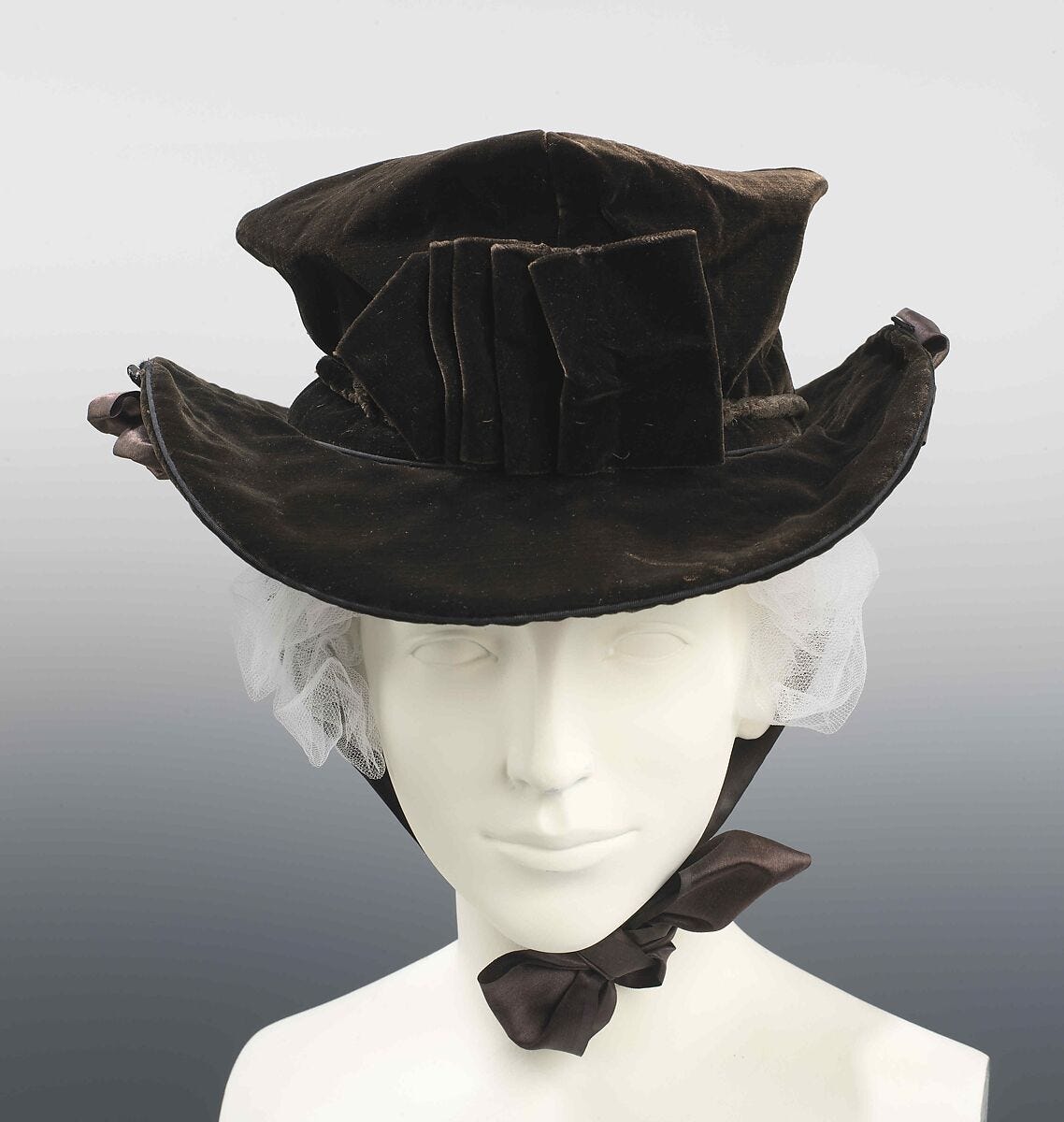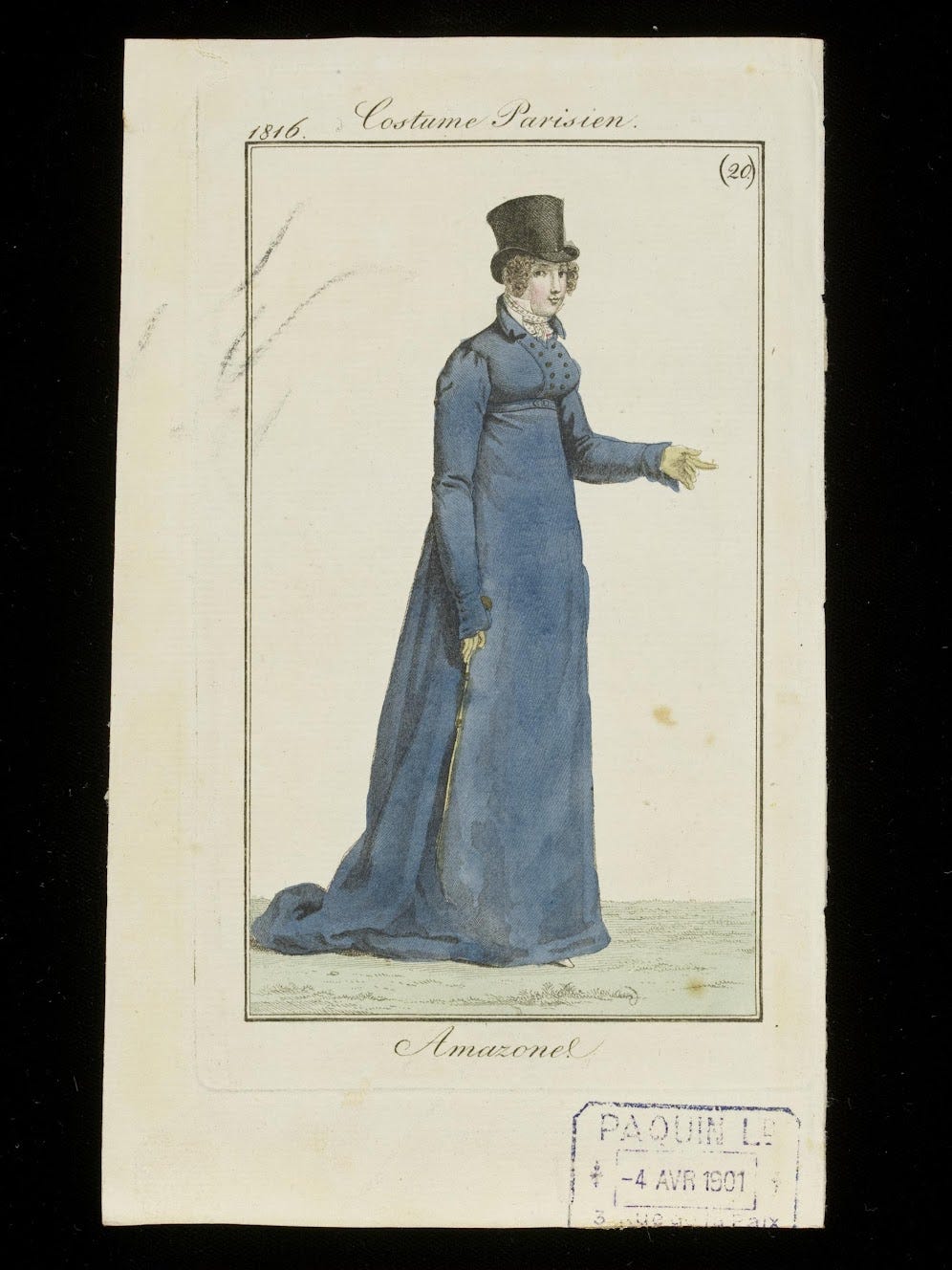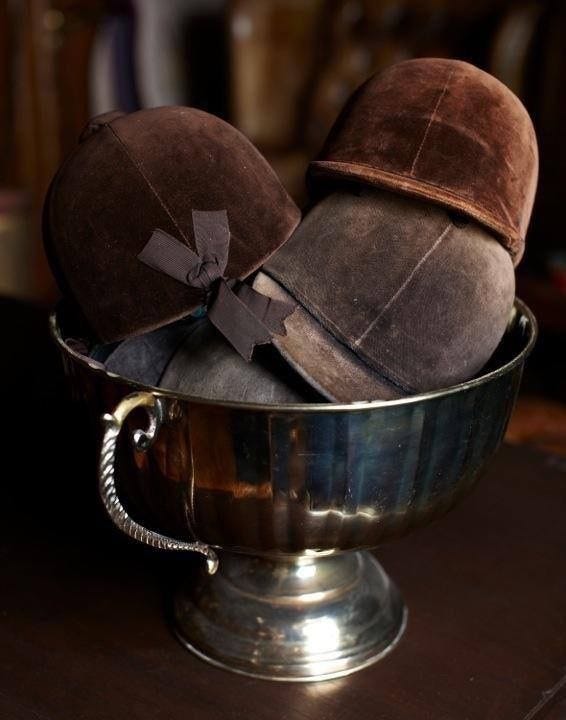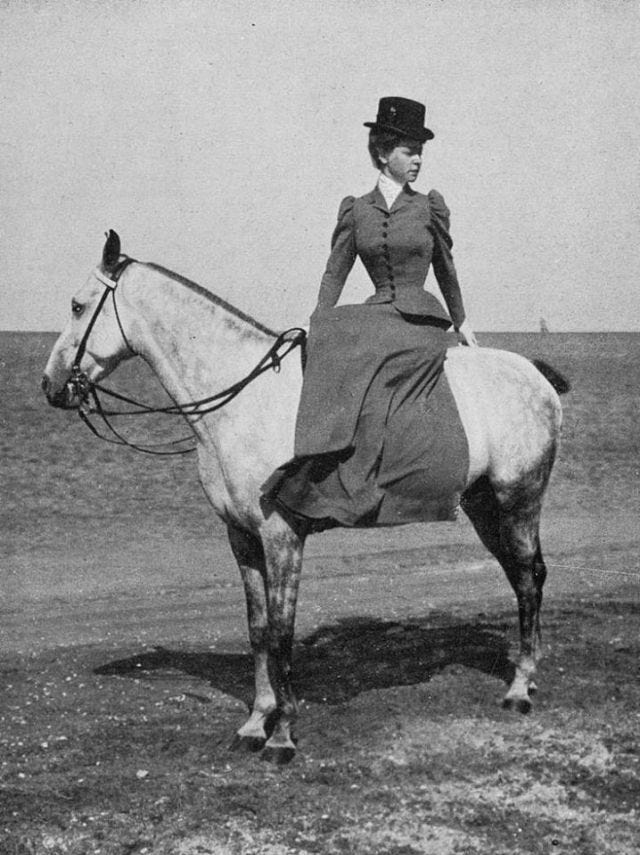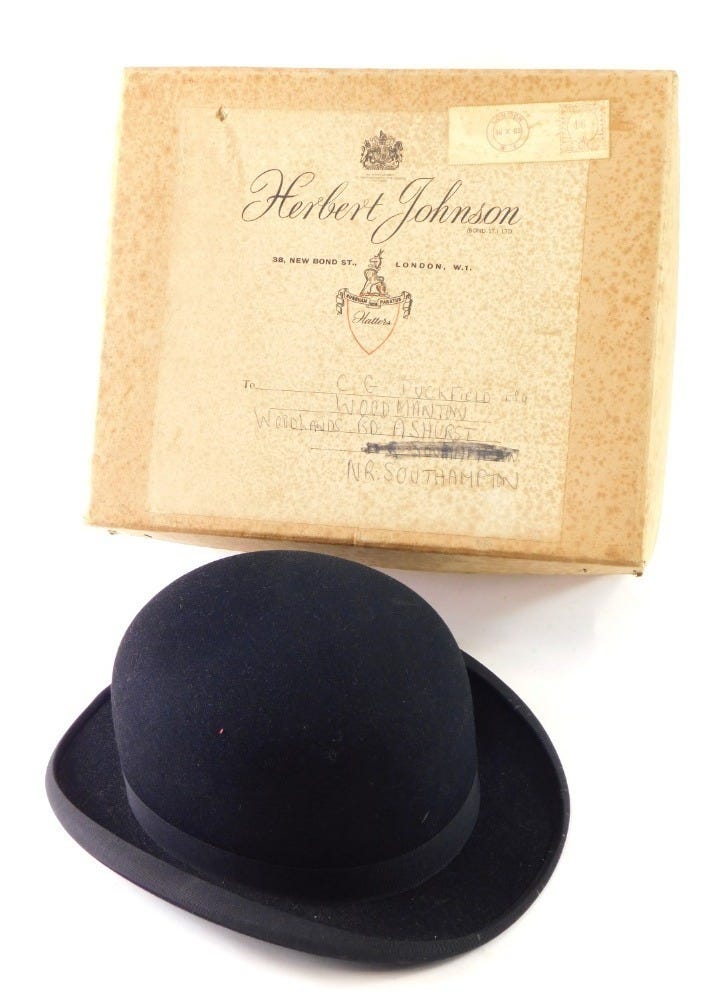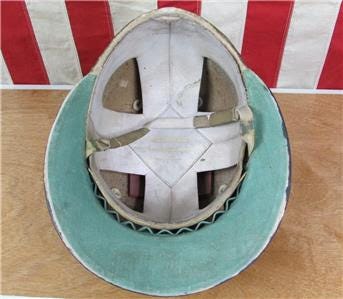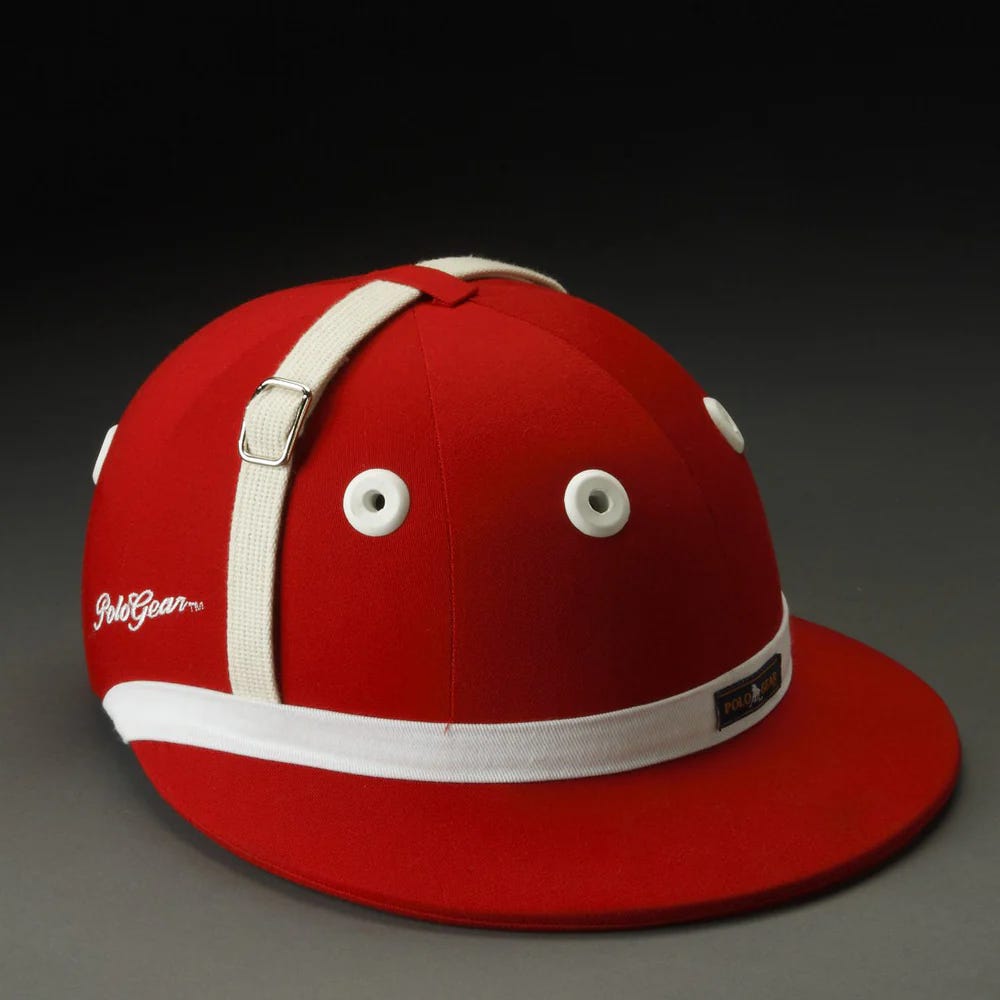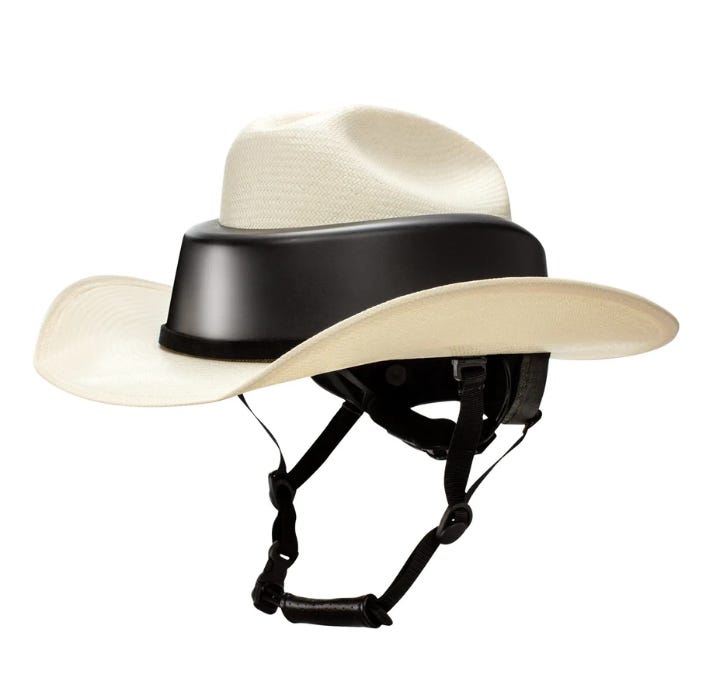The Evolution of the Riding Helmet
Once upon a time, helmets were made of—get this—paper mâché.
In the old days of equestrian life—the foxhunts, the royal parades, the country manors—riders perched delicate velvet caps on their heads, more a finishing touch to a look than anything resembling true protection. The earliest "riding helmets" were, frankly, charming but useless: elegant fashion statements that did little to cushion a fall or prevent a concussion. It was the look that mattered most (as a former stiletto wearer, I get it!). Helmets were often made of little more than stiffened fabric, some even lined with cardboard.
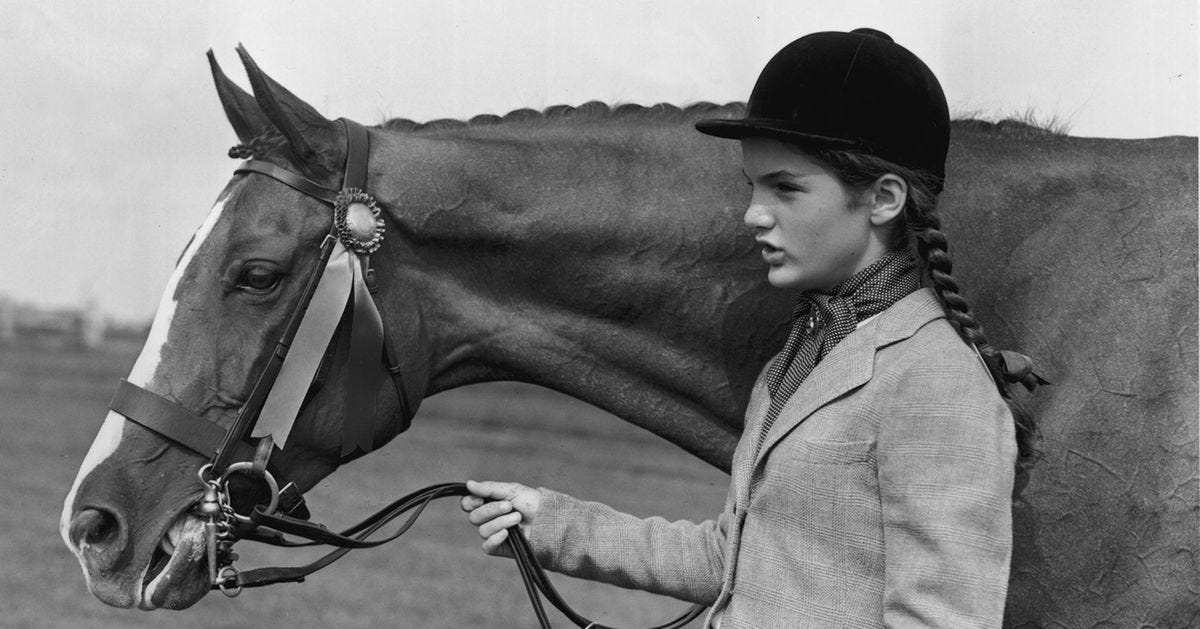
It wasn’t until the mid-20th century that real change came. Polo players—galloping at full speed while swinging heavy mallets—were among the first to demand something sturdier, as well as racing jockeys who also faced serious regular risks. Early racing caps were upgraded with hardened shells and reinforced linings. Polo helmets evolved into rigid, structured pieces with firm chin straps and reinforced shells, designed to deflect both impact from a fall and the occasional errant ball. Even today, the classic polo helmet silhouette—with its rounded crown and wide brim—remains incredibly recognizable.
Other disciplines like show jumping and eventing slowly followed suit. In the 1970s and '80s, brands like Charles Owen and later GPA introduced helmets that prioritized real safety—fiberglass shells, foam linings, ventilation systems and crash-testing certifications became industry standards, some even incorporate MIPS technology (multi-directional impact protection system) originally developed for extreme sports and motorcycling. But for the longest time, these innovations meant that thesenew style of helmets were rather shocking—we all know that the safest option is not usually known as the most elegant or beautiful option. Many riders, especially in the hunter and dressage worlds, clung to tradition, wearing helmets that mimicked the old velvet caps, reluctant to trade elegance for even protection.
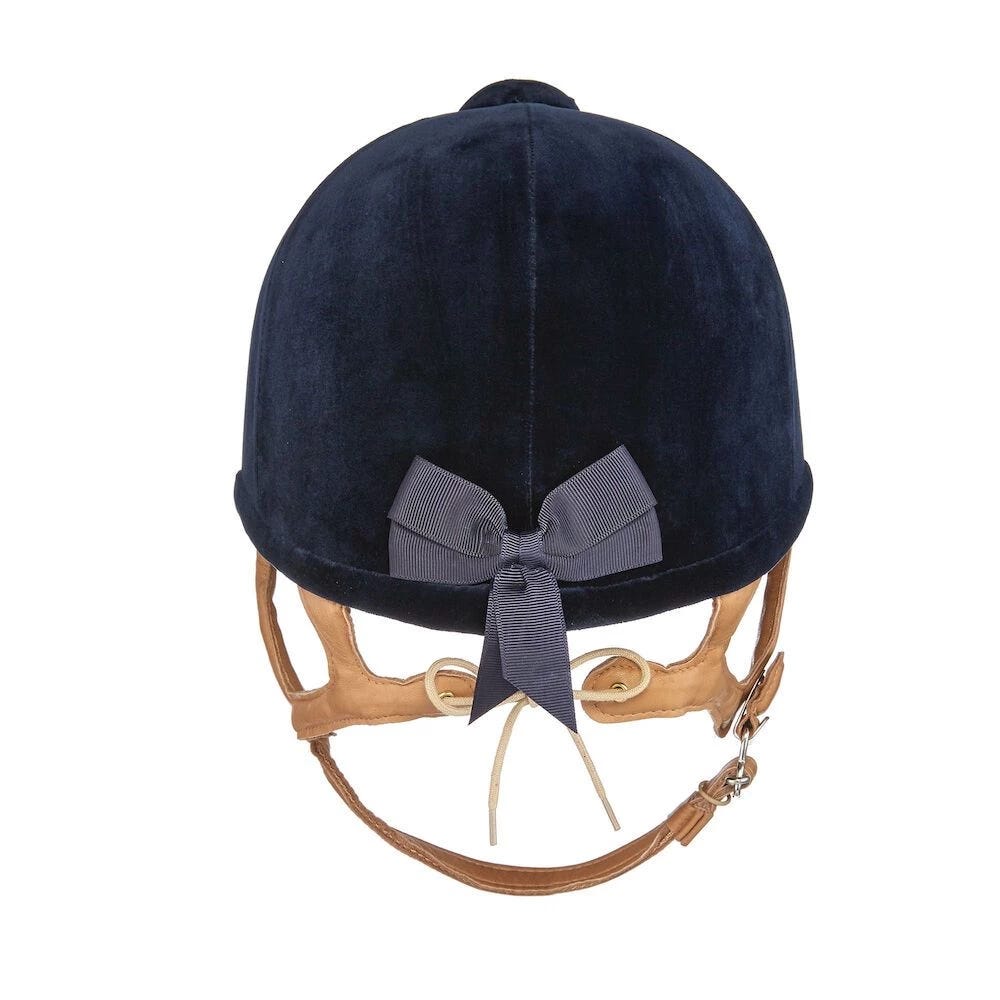
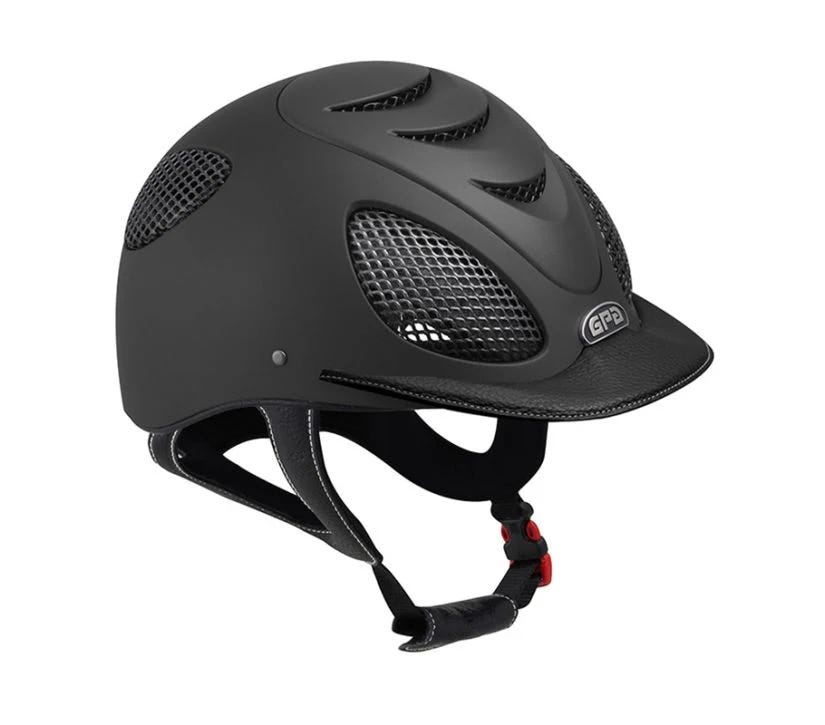
For western riders, it seems that the risks are just as dangerous, with barrel racing, reining, cutting, and of course the bronc riders. But the cowboy hat is iconic, and has long been the standard and expected headwear both for competition and everyday riding. Only in the last decade or so have helmets become more popular, especially at the lower levels and younger riders. But in top-level professional western riding, you’ll still overwhelmingly see cowboy hats and a resistance to adopting helmets.
I’ve always been a little sad that the gorgeous velvet helmets with the grosgrain ribbon details have gone by the wayside. But even though the helmets I now most see are usually a hard shell of matte or glossy black, some with visible vents, other with Swarovski crystal patterns, I know the protection is just that much better. At the end of the day, we’re riding over half ton animals that are among some of the fastest and most sensitive creatures on earth—safety first!


